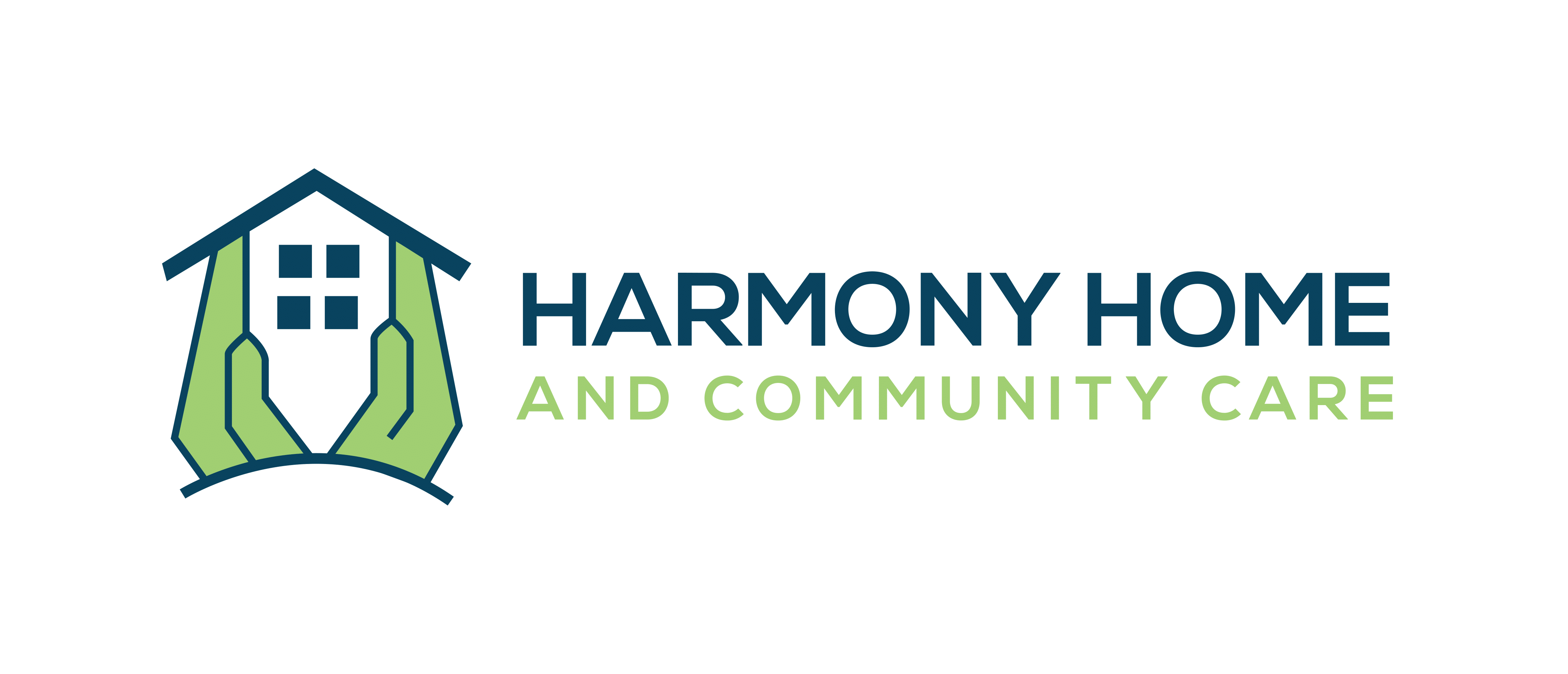Harmony Homes
September 2, 2024
Understanding people with invisible disabilities

Understanding people with invisible disabilities
In today’s society, it is essential to expand our understanding of disabilities beyond the visible. While physical disabilities are often easy to identify, there exists a large population with invisible disabilities – conditions that are not immediately apparent to others. These invisible disabilities can greatly impact a person’s day-to-day life, presenting unique challenges that may not be readily understood or accommodated. This article aims to shed light on this diverse group of individuals and provide some guidance in order to foster empathy and inclusion. Harmony home and community care is one of the best NDIS registered service provider in Australia.
Different Types of Invisible Disabilities
Invisible disabilities refer to conditions that are not readily apparent or visible to others. These disabilities encompass a wide range of challenges, including chronic pain, mental health disorders, cognitive impairments, and neurological conditions. Even though these disabilities lack physical signs or external cues, they can significantly impact a person’s life. Here is an overview of different types of invisible disabilities:
Different Types of Invisible Disabilities
Chronic Pain
Chronic Pain is a type of invisible disability that affects a person’s well-being and quality of life. It can occur due to various medical conditions, injuries, or illnesses. People with chronic pain may experience persistent or recurring pain and may have limitations in their mobility and daily activities.
Mental Health Disorders
Mental health disorders, such as anxiety, depression, and post-traumatic stress disorder (PTSD), are often invisible to others. They can cause significant difficulties in a person’s life, including social and occupational challenges. These conditions require support, treatment, and understanding just like any other type of disability.

Recent Posts
Categories
Cognitive Impairments - NDIS Disabilities
Cognitive Impairments
Cognitive impairments refer to difficulties with memory, attention, language, perception, or problem-solving. These impairments can occur due to various reasons, including brain injuries or neurodevelopmental disorders. People with cognitive impairments may require accommodations and adjustments to support their daily functioning personal growth.
Neurological Conditions
Neurological conditions, such as multiple sclerosis, epilepsy, and Parkinson’s disease, can significantly impact a person’s nervous system and brain functions. These conditions can affect people in different ways and may require treatment, medications, or therapy to manage symptoms.
Autoimmune Disorders
Autoimmune disorders occur when the immune system attacks healthy cells and tissues in the body. These can cause a range of symptoms and can impact people differently. Some examples of autoimmune disorders include rheumatoid arthritis, lupus, and fibromyalgia.
Sensory Impairments
Sensory impairments refer to hearing or vision loss and can significantly impact a person’s life and functioning. These impairments can occur due to various medical conditions, injuries, or illnesses. People with sensory impairments may require assistive devices and accommodations to support their daily lives.
Hidden Disabilities
Hidden disabilities encompass various types of conditions, including learning disabilities, epilepsy, chronic fatigue, and others. These conditions are often not visible to others but can impact a person’s functioning and life significantly.
Challenges Faced by People with Invisible Disabilities
Living with an invisible disability can present unique challenges for individuals, often leading to misunderstanding and scepticism from others. Here are some common challenges faced by people with invisible disabilities:
Lack of recognition and understanding
Due to the absence of visible cues, people may doubt or trivialize the existence and impact of an invisible disability. This lack of recognition can lead to frustration, isolation, and feelings of being misunderstood.
Difficulty in accessing support services
Some individuals with invisible disabilities may face obstacles in accessing appropriate support services through the NDIS. A lack of understanding about these conditions and their impact can result in difficulties in securing the necessary funding and accommodations.
Stigma and judgment
Invisible disabilities often invite unwarranted judgment and stigma from others. Society’s expectations and misconceptions about disability can further exacerbate feelings of shame, guilt, and difficulty in disclosing their condition.
Guidelines for Understanding and Supporting People with Invisible disabilities:
Just because these disabilities are not immediately apparent does not mean that they do not impact a person’s life significantly. Supporting someone with an invisible disability requires understanding, empathy, and thoughtful actions. Here are some ways you can help:
Educate Yourself
Take the initiative to educate yourself about various types of invisible disabilities. Learn about the symptoms, challenges, and coping mechanisms associated with these conditions. By acquiring knowledge, you can better understand the experiences of individuals with invisible disabilities and adjust your perspective accordingly.
Listen and Validate
When someone with an invisible disability shares their experiences, listen attentively and validate their feelings. Avoid making judgment or dismissing their struggles. Offer a safe space for them to express themselves without fear of scepticism or disbelief. Your willingness to listen and believe can provide tremendous support and comfort to individuals with invisible disabilities.
Be Empathetic and Patient
Living with an invisible disability can be frustrating and exhausting. Be empathetic and patient with people experiencing these challenges. Understand that their symptoms may fluctuate, and their abilities may vary from day to day. Show understanding and flexibility when making plans or accommodations.
Offer Practical Support
Practical support can go a long way in assisting individuals with invisible disabilities. This can involve offering to help with daily tasks, providing transportation when needed, or assisting with paperwork and appointments. By offering your support, you alleviate some of the burdens they may face in managing their condition.
Respect Boundaries
It is important to respect the boundaries set by individuals with invisible disabilities. Everyone has their own way of coping, and some may be more private about their condition. Respect their choice to disclose or not disclose their disability and do not push them into uncomfortable situations or conversations.
Advocate for Accessibility and Inclusion
Advocate for greater accessibility and inclusion in various aspects of life, including public spaces, workplaces, and social environments. Encourage the implementation of policies and practices that support individuals with disabilities. By promoting inclusivity, you create a society that is more understanding and accommodating for people with invisible disabilities.
Offer Emotional Support
Living with an invisible disability can be emotionally challenging. Offer emotional support by simply being there for individuals with invisible disabilities. Show empathy, compassion, and understanding. A kind word, a listening ear, or a simple act of kindness can make a significant difference in their well-being.
Avoid Judgment and Stereotypes
Avoid making judgments or assumptions about individuals with invisible disabilities. Remember that their experiences and limitations may not be immediately apparent. Refrain from using stereotypes or comparing their condition to others. Each person’s journey is unique, and it is important to approach them with an open mind and without preconceived notions.
Be an Ally
Become an ally for individuals with invisible disabilities by actively challenging ableism and advocating for their rights and needs. Use your voice to raise awareness, educate others, and combat stigmatization. Stand beside them in their fight for equality and inclusivity.
Supporting individuals with invisible disabilities requires a combination of empathy, understanding, and action. By educating yourself, offering practical and emotional support, and advocating for greater inclusivity, you can make a positive impact on the lives of those with invisible disabilities. Remember, even the smallest gestures can have a big impact on someone’s well-being.
Read More blogs relating to NDIS Services.
NDIS Innovative Community Participation – NDIS Registered Service Provider


